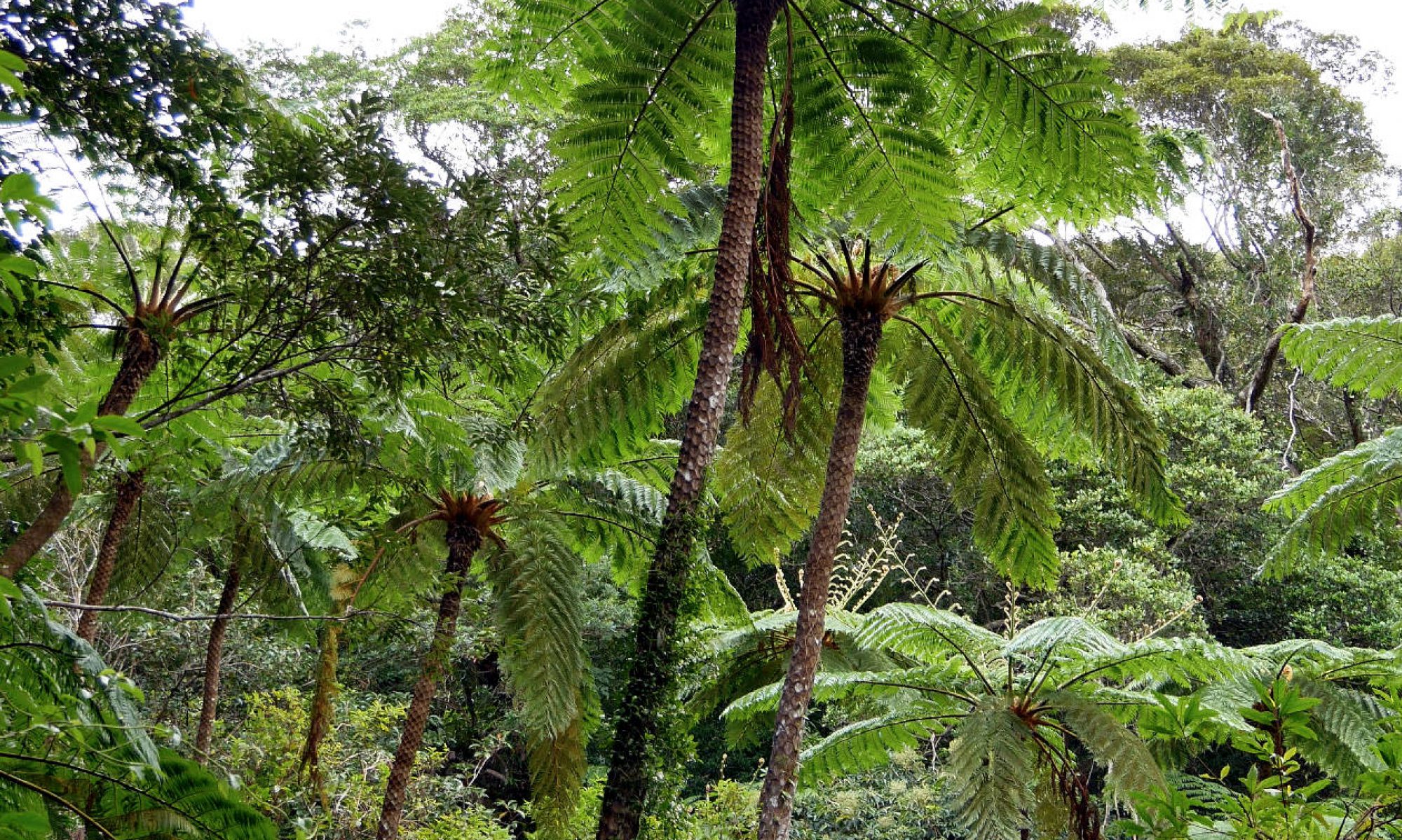In the summer of 2013 I bought a nice flowering division of the cold hardy Chinese slipper orchid, Paphiopedilum armeniacum. I’d tried this species before, but always started with a rather weak plant, and looking back, they probably were all wild collected. The new plant was healthy, with very strong roots and a flower that lasted a long time – a good sign a plant is happy.
This species is known for growing long stolons between growths, unlike most other Paphiopedilums, making it difficult to keep in a traditional pot for very long. I’d seen masterfully grown plants in big flat trays and hanging baskets, and instantly wanted to try my hand at growing this species that way too. Check out this link to see the grower that inspired me to try this method: Paphiopedilum armeniacum basket culture success story.
The first season I let the plant grow in the small pot it came in, but in March of 2014, I planted it into a standard hanging basket with a coconut fiber shell (figure 1). I punctured the dense fibers of the coconut liner to allow water and the stolons of the plant to easy pass through. The growing mix was pretty standard for this species, a mix of large diameter perlite and pumice gravel, fine bark and chunks of charcoal. The plant was kept in a semi-shaded area hanging from a sasanqua bush, Camellia sasanqua, where it received plenty of summer rain and was fertilized regularly.

The plant was taken in during the worst winter weather even though this species is known for enduring repeated frost. In winter watering was held to a bare minimum, but humidity levels were maintained over 50%. By the spring of 2016 the plant had grown steadily, increasing from one main growth and three smaller ones, to three adult growths and two slightly smaller ones (figure 2). Though I was encouraged that it grew fairly well, something seemed not quite right, so I decided to replant it into fresh medium.

Continue reading “Cultivating Paphiopedilum armeniacum, the cold hardy Chinese yellow slipper orchid”
















